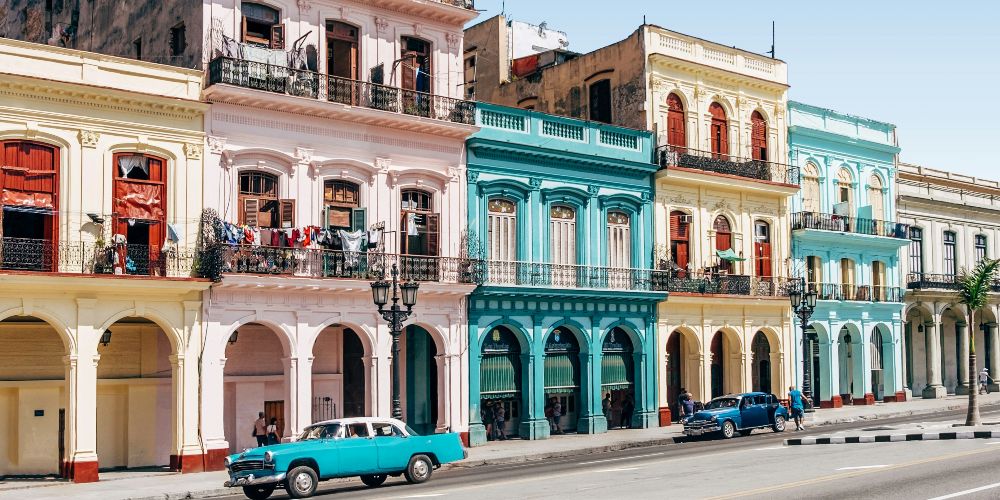
You won’t find Cuba overdeveloped and Havana is unlike any other city. But head for the northwest coast and Cuba does beach vacations with the best.

At least eight U.S. airlines now offer direct flights to Cuba and flying from Florida can take as little as just one hour.
Cuba has 330 days of sunshine a year with average temperatures of 78˚F.
Sub-tropical climate with dry weather from November to April and some rain between May and October.
Water temperatures range from 79˚F and 88˚F year round.
Cuba has nine World Heritage sites including Old Havana, the historic centers of Camagüey and Cienfuegos, Viñales Valley and Desembarco del Granma National Park.
The Cuban coastline is over 3,100 miles long and has some of the Caribbean’s most beautiful beaches.
The Bee Hummingbird is the world’s smallest bird at just two inches. It’s indigenous to Cuba, along with several other rare species, which thrive in what UNESCO describes as, “one of the most bio-diverse tropical island sites on earth.”
There are international brand hotels in Cuba but they can be expensive and are booked up quickly in high season (U.S. winter). Many of the country’s vacation hotels are state-owned and an excellent value. Try CubanaCan first to get an idea of range, quality and prices. Casa Particulares guesthouses and bed & breakfasts are unique to Cuba, often good quality, always inexpensive and usually in a family home with meals included.
One of the most famous cities in the world, Havana leaves few visitors less than completely spellbound. From the grand colonial buildings to the music, theater, food, classic cars and big city beaches, older kids will be amazed by the sheer spectacle. And the Cuban capital loves families almost as much as dancing, so children are welcome everywhere.
Driving is the best ways to get around with kids. Car rental is state-run and you will need your own child seats. An extensive public transport network includes buses and trains, but journeys can be slow and uncomfortable. Taxis are widely used in major cities.